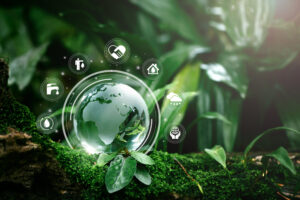
Gardening is not only a rewarding hobby, but it can also
have a positive impact on the environment. With climate change and other
environmental issues on the rise, there’s never been a better time to start
gardening with the planet in mind. In this blog post, we’ll discuss some of the
best plants for the environment and provide gardening tips that will aid in
making a difference.
Best Plants for the Environment- Native Plants:
Native plants
Native plants are those that occur naturally in a specific region or ecosystem. They are adapted to the local climate, soil, and pests, making them more resilient and requiring less water, fertilizer, and pesticides. They also provide habitat and food for local wildlife. Examples of native plants include coneflower. (echinacea), Yarrow (achillea), Lily of the valley (convallaria)
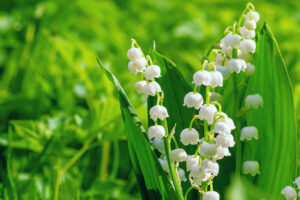
Perennials
Perennials are plants that live for more than two years. They come back year after year, reducing the need for replanting and the use of resources. They also have deeper roots, which can help prevent erosion and improve soil quality. Examples of perennials include hostas, daylilies, and delphiniums.
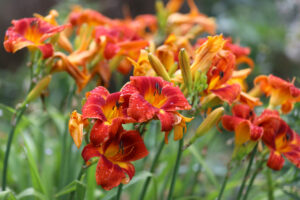
Edible Plants
Planting fruits, vegetables, and herbs in your garden not only provides you with fresh produce, but it also reduces the need for transportation, packaging, and refrigeration. It also helps to support local agriculture and reduce the carbon footprint of your diet. Examples of edible plants include tomatoes, peppers, lettuce, and herbs like basil and rosemary.
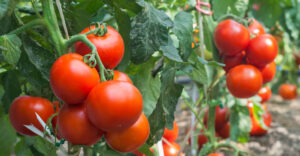
Gardening Tips to Aid the Environment
Composting
Composting is the process of recycling organic materials into nutrient-rich soil. By composting food scraps, yard waste, and other organic matter, you can reduce the amount of waste sent to landfills and create a natural fertilizer for your garden.
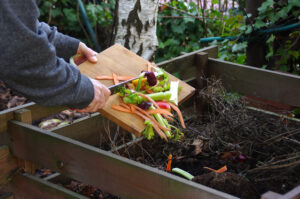
Water Conservation
Water is a precious resource, so it’s important to conserve it in the garden. Use a rain barrel to collect rainwater for watering plants, choose drought-tolerant plants, and water in the early morning or late evening to reduce evaporation.
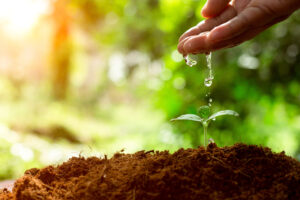
Attract Beneficial Insects
Insects like bees, butterflies, and ladybugs are important pollinators and can help control garden pests naturally. Plant flowers like sunflowers and lavender to attract bees and butterflies and avoid using pesticides that can harm beneficial insects. An Insect Hotel can offer pollination benefits.
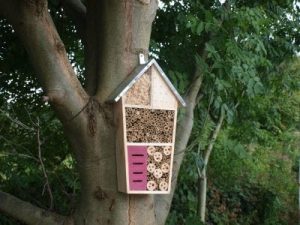
Plant Trees
Trees absorb carbon dioxide and other pollutants from the air, provide shade and habitat for wildlife, and reduce erosion. Planting trees in your garden or in your community can have a significant positive impact on the environment.
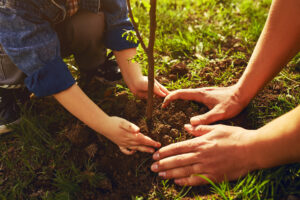
Conclusion
In conclusion, gardening is a wonderful way to connect with nature while also making a positive impact on the environment. By choosing the right plants and implementing eco-friendly gardening practices, you can create a beautiful garden that supports local wildlife, conserves resources, and reduces your carbon footprint.
